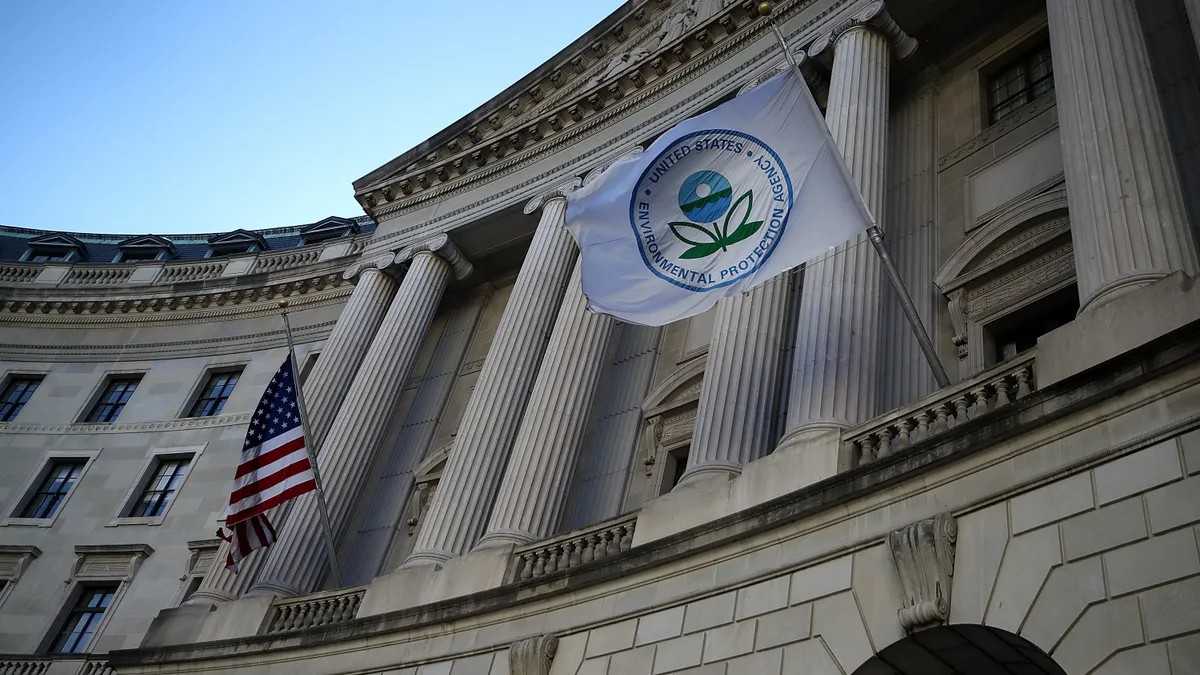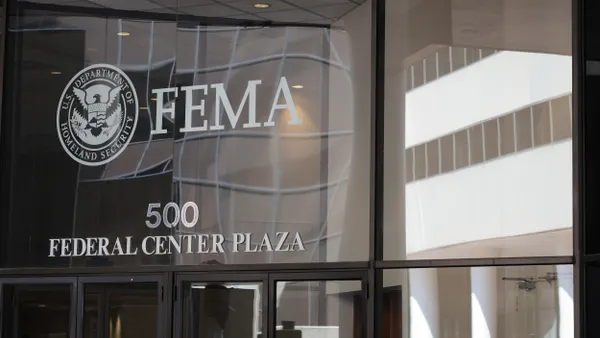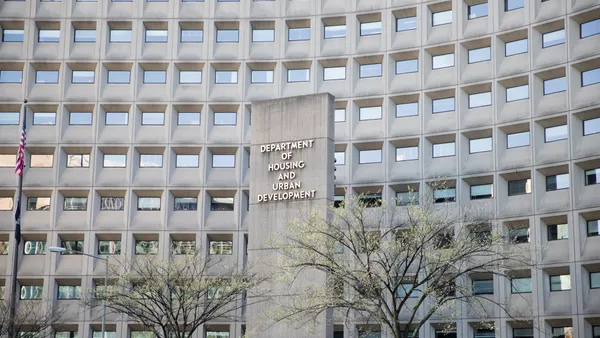Dive Brief:
- The U.S. Environmental Protection Agency’s Local Government Advisory Committee recently finalized its recommendations on how to implement the bipartisan infrastructure law’s investments to best advance climate and environmental justice goals while taking into account the needs of communities.
- The committee – which comprises dozens of representatives from 30 different states meant to share local-level perspectives with the EPA administrator – organized its recommendations across four categories: integrating equity and environmental justice, providing flexibility and assistance, promoting climate-resilient projects, and promoting innovation and efficiency of water resources.
- A significant portion of the bipartisan infrastructure law's $1.2 trillion is dedicated to programs under EPA's purview. Of those, the lion's share is earmarked for clean water projects, with other carve-outs for cleaning up Superfund and brownfield sites, decarbonizing school buses, and a pollution prevention program.
Dive Insight:
Among many priorities, the committee's recommendations emphasize developing standards and screening tools that help ensure follow-through on equity and environmental justice goals. They also ask for flexibility to put funding toward "soft infrastructure" needs such as workforce development, as well as community outreach and management of regional partnerships that support those goals. Additionally, they say EPA guidance should encourage “a fix-it-first or nature-based approach to infrastructure," while supporting emerging technologies that "look at environmental issues from a systemic perspective, and help facilities adapt to changing needs."
The group is currently chaired by Lincoln, Nebraska Mayor Leirion Gaylor Baird. According to Miki Esposito, senior policy advisor to the mayor, discussions about environmental justice covered “not just education and information, but how you measure it, and can we use and leverage data to understand what is going on in our communities." Those efforts are part of a broader push to ultimately "create a level playing field in this realm for all communities of all sizes," Esposito said. The group's recommendations encourage the EPA to develop a framework that not only ensures funds address historical environmental injustices — but also prevents new injustices.
Esposito said that regarding Justice40 — the Biden administration's cross-agency initiative to ensure 40% of benefits from federal investments in climate and clean energy go to disadvantaged communities — the committee "wanted to see EPA holding itself accountable and institutionalizing that accountability for the long run."
Another top recommendation the group outlined is to embed resources in local government offices dealing with the "large task" of identifying and applying for funding, echoing others who have highlighted the challenge that smaller governments face in processing an influx in federal funds. At a minimum, the EPA should provide targeted outreach to local governments, the document states.
The funding through the law spans fiscal years 2022 through 2026. In Lincoln, Esposito hopes the city will begin receiving funds funneled through the state in 2023 and 2024. As for efforts cities can undertake now, "much like what EPA is doing with us, we're opening those lines of communication with our state agencies" and prioritizing eligible projects. One area that's top of mind is workforce development, Esposito said, giving the example of all the trained professionals who will be needed to replace lead service lines.
The group hopes its work will inform forthcoming EPA guidance, technical assistance and funding decisions. An EPA spokesperson said in an email that the agency will provide an official response to the committee regarding the recommendations, at the earliest in mid-April.












